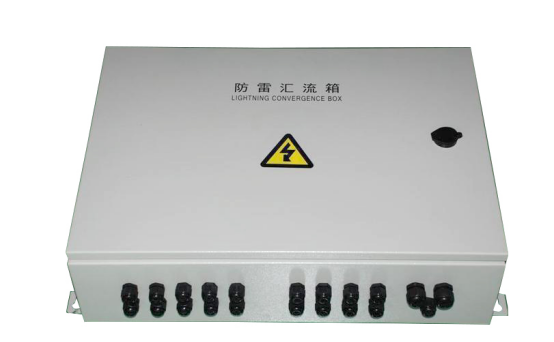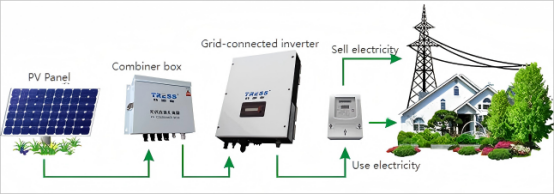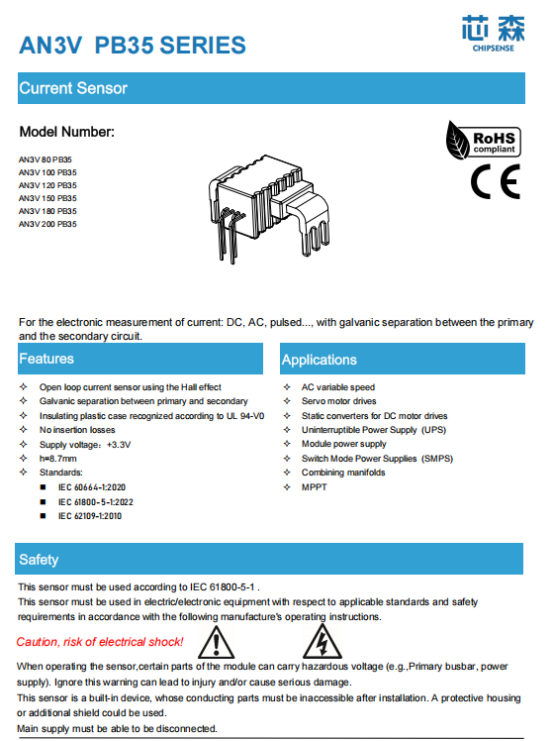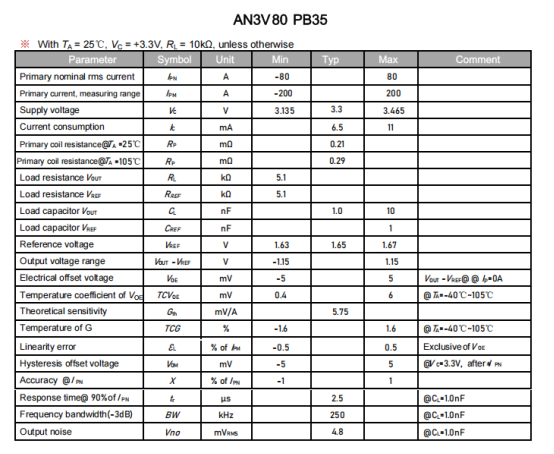
“Double carbon” target, local subsidies, green power trading mechanism and “whole county promotion”, distributed PV has ushered in an explosive growth, installed capacity surge, in addition to the operation and maintenance costs to bring a lot of pressure, but also forced a variety of photovoltaic equipment selection optimization, such as Current sensor selection, into a blind pursuit of ± 0.5% or even higher 0.005% accuracy of the wrong area, while ignoring the long-term reliability and cost issues. Let's talk about whether ±1% accuracy is enough to support the full life cycle revenue of the power station at the level of convergence box detection.

The accuracy requirements may vary for each of the three layers of current monitoring in a PV system, and the following is a table of the accuracy requirements under three layers of current monitoring in a PV system:
| Monitoring level | Accuracy requirements | Resolution | Other requirements |
| Component level | ±1% | High | Temperature compensation |
| Branch level | ±1% to ±2% | Mid-high | Stability, immunity to interference |
| Confluence box/inverter input level | ±2% to ±3% | Medium | Wide measuring range, high reliability |
From the table, it is known that the accuracy requirements in the bus box are not high, and CHIPSENSE AN3V current sensor with ± 1% accuracy is sufficient for related applications.



Cost-effectiveness formula:
Life-cycle cost = Initial cost + ∑(Failure rate × Single repair cost)
| Solution | Initial Cost | 10-Year Failure Rate | Repair Cost |
| ±0.5%Import Solution | ¥120(Estimated) | 8% | ¥2000 |
| AN3V PB35 | ¥80(Estimated) | <3% | ¥500 |
| Total Cost Reduction of 34% | |||
Conclusion:
In distributed photovoltaic combiner boxes, blindly pursuing high accuracy while ignoring other key factors can lead to high maintenance costs. CHIPSENSE AN3V PB35 current sensor, with its combination of ±1% accuracy and 10-year drift of <0.3%, perfectly strikes the right balance of "sufficient accuracy, strong reliability, and optimal cost"—the foundation for long-term stable profitability for small and medium-sized power plants. This is also the reason why CHIPSENSE quickly became a leader among its peers.
CHIPSENSE is a national high-tech enterprise that focuses on the research and development, production, and application of high-end current and voltage sensors, as well as forward research on sensor chips and cutting-edge sensor technologies. CHIPSENSE is committed to providing customers with independently developed sensors, as well as diversified customized products and solutions.
“CHIPSENSE, sensing a better world!
www.chipsense.net
4F, Building C, ZHENGLING.Hi-TECH PARK(Core Space) , No. 2 Cuizhu 2nd Street, Xiangzhou District, Zhuhai, Guangdong Province, China
+86-756-8600806